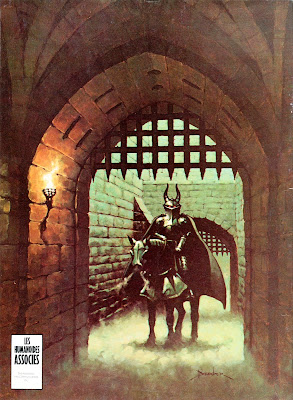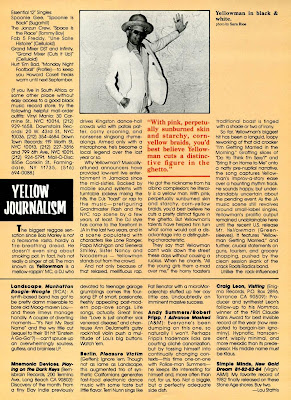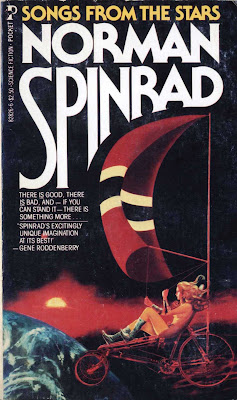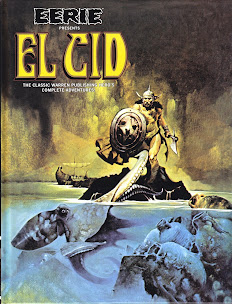2 / 5 Stars
‘Stress Pattern’ (160 pp) is DAW Book No. 128, published in November, 1974, with a cover illustration by Josh Kirby.
Andrew Gavin is an economics professor who, following a major malfunction of his spaceship, finds himself stranded on an unknown planet.
He is saved from death from thirst and hunger by the chance passing of a humanoid alien named 'Phrecti', who, although indifferent to Gavin, nonetheless directs him to sources of food and water.
Tagging along with the noncommittal Phrecti introduces Gavin to a unique method of travel: inside the digestive tract of an enormous earthworm, as it tunnels its way under the planet’s surface.
Gavin soon encounters other tribes of humanoids, some more welcoming than others, and arrives at some semblance of normalcy in terms of his castaway status.
However, Gavin discovers that life on his planetary refuge simply gets stranger and more inexplicable with each passing day. His humanoid neighbors are utterly devoid of imagination or drive, content to embrace the status quo of their primitive existence.
Unable to succumb to universal apathy, Gavin sets off on a journey, the destination of which is unknown even to him. But travel he must, for until he can gain an explanation of some purpose or meaning to life on his adopted home, he will never rest easily.
‘Stress Pattern’ was Neal Barrett Jr.’s fifth novel. It’s not a bad novel, but neither is it a classic of 70s sf.
The intense, violent action that characterizes his later novels, such as ‘Through Darkest America’, are entirely absent here, as Barrett focuses on quirky humor in the style of those many Analog novels and short stories of the 60s and 70s in which the narrative focused on the solving of some sort of planetary puzzle or conundrum.
‘Pattern’ does avoid the New Wave affectations that preoccupied many writers who began writing sf in the 70s, staying firmly grounded in a declarative, straightforward narrative.
There is a strong element of satire to the adventures encountered by protagonist Gavin, as he struggles to come to terms with the bizarre aspects of the aliens among whom he must make his home.
‘Pattern’ belongs to the sub-genre of sf in which an Earthman struggles to arrive at a critical revelation about the strange, alien world on which he finds himself. As with most such novels, there is a Big Revelation that comes in the final chapter. I won’t disclose any spoilers, but I was disappointed with the somewhat contrived nature of the revelation provided in ‘Stress Pattern’ .
In summary, readers may want to pass on 'Stress Pattern' in favor of Barrett's later novels, such as the 'Aldair' series, or the 'Darkest America' series.










































































